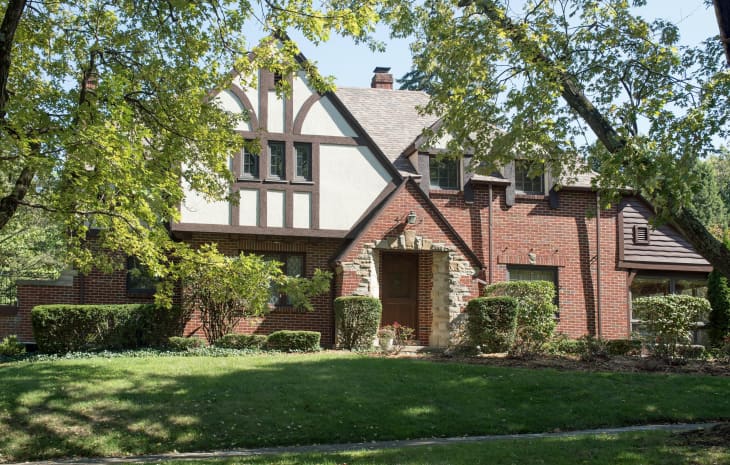3 Things Real Estate Agents Want You To Know About Tudor Homes

Tudor homes are one of the most charming, recognizable, and historical styles of residential architecture out there — but they’re not without their fair share of peculiarities.
They can be traced back to the Tudor dynasty in England, which occurred between 1485 and 1603. Then, in the early 20th century, Americans put a spin on these traditional English structures and called it the “Tudor Revival.” Today, Tudor-style homes are most commonly found in the Northeast and Midwest, although they can be spotted throughout the country if you’re looking closely.
To find out what the experts love and, well, don’t love about Tudor homes, I asked four real estate agents to weigh in on what it’s like live in this type of property. Here are the three things to know if Tudor appeals to you.
The architecture is like living in a storybook.
“With their multi-gabled roofs, half-timbered facades, and oversized chimneys, Tudor homes convey a sense of grandeur and stature,” says Yari Karina Jones, a Realtor with Keller Williams Select Union County. And the interior of a Tudor home is often just as unique as its exterior. “Inside a Tudor home, you’ll be blown away by the exposed wood beams, elaborate stone fireplaces, latticed windows, and paneled oak walls.”
Stephanie MacDonald, Esq., a real estate professional with Compass, grew up in a Tudor herself. Now, she encounters them in her professional work. “Tudor homes come in all sizes and offer an Old World, storybook feel,” she says. “They have a timeless look and are asymmetrical in design, in contrast to a center-hall colonial.”
The roof and exterior require frequent TLC.
“As beautiful as they are, Tudors are known to be super high-maintenance,” says Jones. Due to the nature of the roofline, these homes are prone to water leaks. On top of that, the exterior wood can incur damage from termites. Jones recommends resealing the exterior wood regularly to prevent infestations.
According to Katie Broskey, a Realtor with Keller Williams Platinum Realty, another high-maintenance component of a Tudor is the roof. “A lot of Tudor homes have slate roofs, which are beautiful, but require regular maintenance,” she says. “The lifespan of a slate roof can easily be 100-plus years if the roof is checked and maintained yearly by a qualified roofing professional.”
They’re built to last, but might need some updating along the way.
Tudor homes tend to be well-built, with solid construction meant to stand the test of time. That said, in an older Tudor home, the windows, plumbing, and electric system might need to be updated. Additionally, they often have closed floor plans and the interiors aren’t known to be especially bright.
“With all of the rich woodwork detailing, Tudor homes have a tendency to be dark inside,” says Holly Brainard, an associate broker with the O’Dwyer-Brainard Team at Daniel Gale Sotheby’s International Realty. “But if a buyer was interested in gutting the interior to make it more cookie-cutter inside, then this is not the style for them. Preserving the uniqueness of the style should be at the forefront.”
If you’re going to renovate a Tudor, Broskey suggests drawing inspiration from the home’s style. “Think about incorporating things like curved archways and doorways, exposed interior beams and stone, and hardwood that matches the original flooring,” she says.